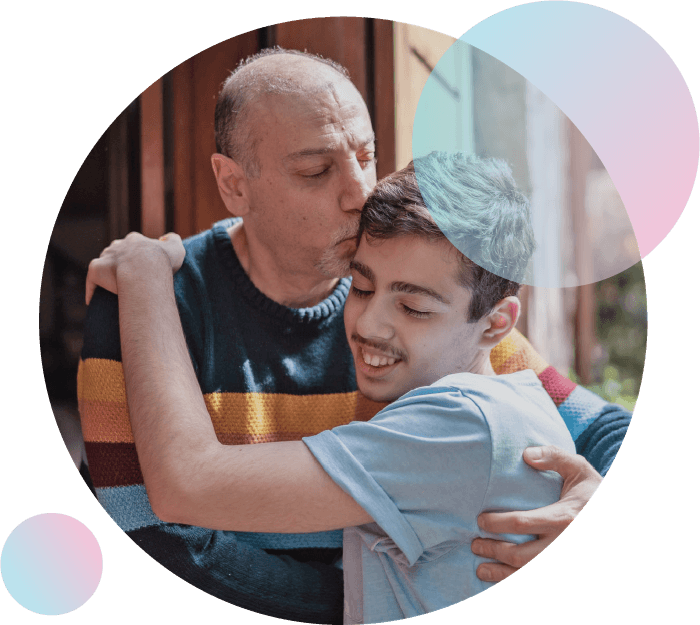Epilepsy
Epilepsy is a neurological disorder and the understanding of this disorder becomes fundamental in the management that people can have of it on short and long-term. Epidemiological data is expressive and shows that those affected are of different ages, but that Epilepsy affects especially children, adolescents and seniors.
International Epilepsy Day 2025
Sometimes the most powerful stories cannot be told just with words, it takes much more. In 2025, on the occasion of the International Epilepsy Day, BIAL has decided to give shape and colour to stories that reflect how is to live with epilepsy, whilst looking beyond the seizures. Check out the video below and the e-book here.
About Epilepsy
BIG FIGURES INCLUDE *:
- In Europe, at least 6 million people have epilepsy.
- 15 million Europeans will have one seizure at some time in their lives.
- Epilepsy incidence rates in Europe vary between 28.9 and 47 per 100 000 people.
There are diverse causes and mechanisms of disease development, but globally in about 50% of cases, the cause is still unknown. In other cases, epilepsy causes can be described as: structural, genetic, infectious, metabolic and immune. **
According to the International League Against Epilepsy classification of 2017 ***, seizures are generally described in three major groups, depending on where they start: focal onset, generalized onset and unknown onset.
Epilepsy presents variations from person to person, and according with different age groups. The caregiver is a key element in this journey, following all the information, doubts, fears and feelings near the person with Epilepsy and providing the best support, action and proximity.

One scientific hub directed to patients, caregivers and healthcare professionals.
Visit our websites dedicated to epilepsy:
Are you a HCP?
The private area of the bialepilepsy.com website is a scientific platform to explore the impact of epilepsy on people's lives, to learn more about BIAL's epilepsy therapy solutions, to access evidence from clinical practice, expert opinions and training initiatives, to keep you up-to-date of the key events in the field.Understanding Epilepsy
BIAL Epilepsy is a scientific platform that follows the daily challenges related to epilepsy. It is oriented to patients, caregivers and health professionals. Here we provide useful and up-to-date content about Epilepsy, including dietary suggestions and physical exercises appropriate for different age groups.References
* World Health Organization/ International Bureau for Epilepsy/ International League Against Epilepsy - Fostering Epilepsy Care in Europe. Available from: http://www.who.int/mental_health/neurology/epilepsy/euro_report.pdf, last accessed February 2021.
** World Health Organization – Epilepsy. Available from: http://www.who.int/es/news-room/fact-sheets/detail/epilepsy, last accessed February 2021.
*** International League Against Epilepsy. Available from: https://www.ilae.org/guidelines/definition-and-classification/ilae-classification-of-the-epilepsies-2017, last accessed July 2022.





